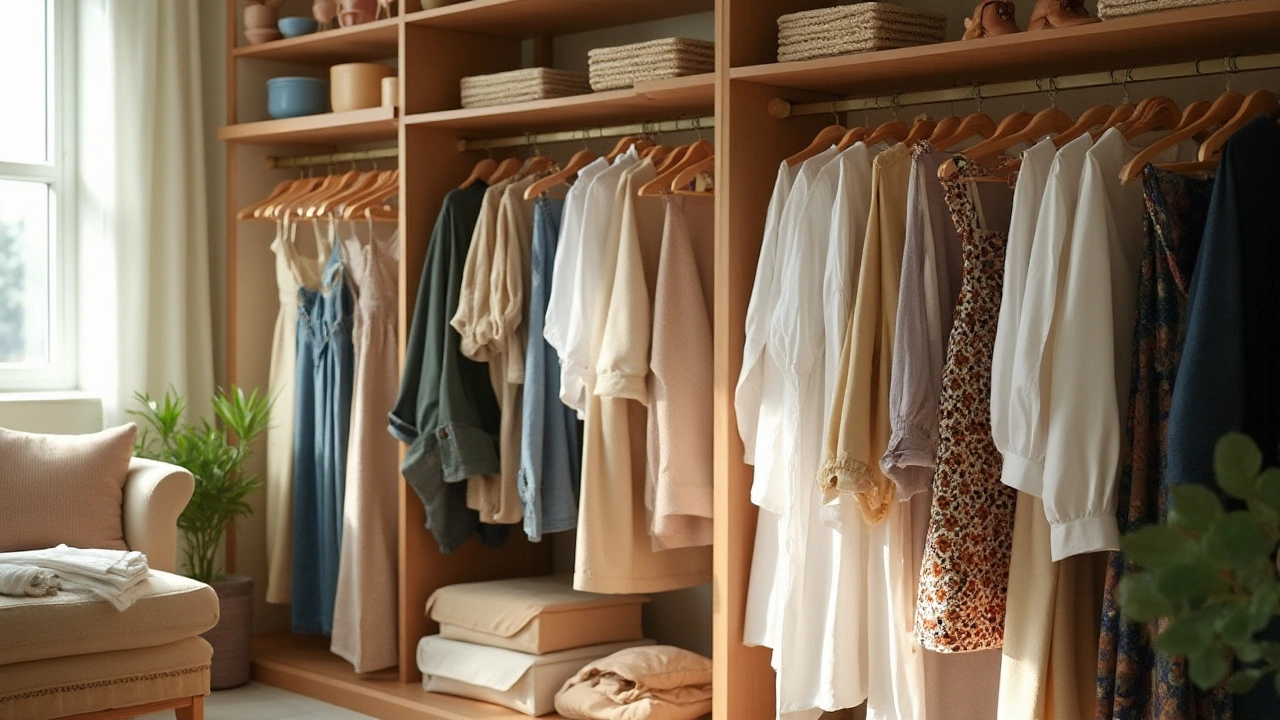Fashion Strategy for Home Décor – Simple Tips to Upgrade Your Space
Ever wonder why a wardrobe feels more put‑together than your living room? That’s because fashion designers plan outfits down to the smallest detail. The same mindset works for rooms. Treat your home like a runway and you’ll see instant improvement.
Why a Fashion Mindset Works in Your Living Space
Fashion thrives on a clear theme, a palette of colors, and pieces that complement each other. When you bring those rules into a room you avoid clashing patterns and random furniture. You also get a story – a reason why each item is there. For example, a rustic coffee table can become the “statement piece” if you build the rest of the room around its texture and tone.
Another win is flexibility. Fashion changes seasonally, but the core style of a room stays. By using interchangeable accessories – cushions, throws, art – you can refresh the look without buying new furniture. This saves money and keeps the space feeling fresh.
Simple Steps to Build Your Own Style Strategy
1. Identify a Signature Color. Pick one hue that you love and let it guide your choices. It could be the deep green of a sofa or the warm amber of a lamp. Use that color in smaller items like pillows or vases to create harmony.
2. Choose a Style Anchor. This is the biggest piece that sets the tone – a reclaimed wood dining table, a leather sofa, or a sleek metal TV stand. Everything else should support this anchor.
3. Mix Textures, Not Patterns. Fashion experts say texture adds depth without overwhelming the eye. Pair a chunky knit throw with a smooth leather chair, or a woven rug with a polished metal coffee table.
4. Layer with Accessories. Just like a scarf adds flair to an outfit, a few well‑chosen accessories finish a room. Think of statement artwork, a vintage clock, or a set of matching books on a bookshelf.
5. Keep Function Front and Center. An outfit can look great but still be uncomfortable. The same goes for furniture. Make sure each piece serves a purpose – a sofa that’s both stylish and supportive, a dining table that fits your kitchen flow.
6. Seasonal Swaps. Rotate a set of cushions or a lamp shade every few months. It’s the interior design equivalent of switching shoes for a new season. You’ll feel a fresh vibe without a big investment.
7. Take Photos. Fashion lovers photograph outfits to remember what works. Snap pictures of your rooms after a styling session. Review them later to see what feels balanced and where you might need a tweak.
Putting these steps together creates a personal fashion strategy for your home. You’ll notice that the space feels more intentional, and guests will comment on how cohesive everything looks.
Remember, the goal isn’t to copy a magazine spread but to translate your own style into the rooms you live in. Start small, experiment with color and texture, and watch your home transform into a space that feels as polished as your favorite outfit.
Mastering the 70 30 Wardrobe Rule for a Functional Closet
The 70 30 wardrobe rule is a clever approach to organizing your clothes, ensuring both style and practicality. By allocating seventy percent of your clothing to everyday staples and thirty percent to trendy or special occasion items, you maintain versatility, adaptability, and a personalized wardrobe. This strategy enhances the efficiency of your attire without compromising on fashion, making it ideal for anyone seeking to streamline their closet. Learn how this rule can revolutionize your wardrobe management, simplify your choices, and elevate your daily dressing experience.
More
